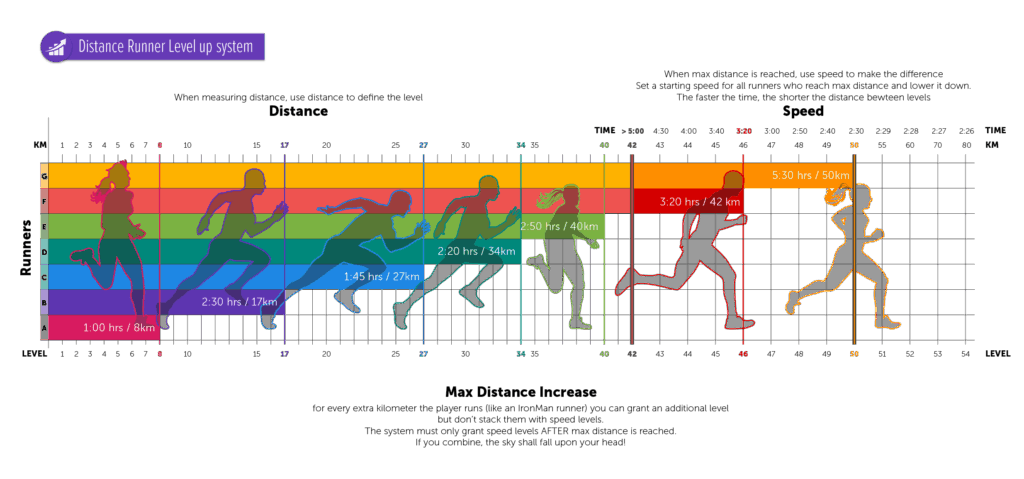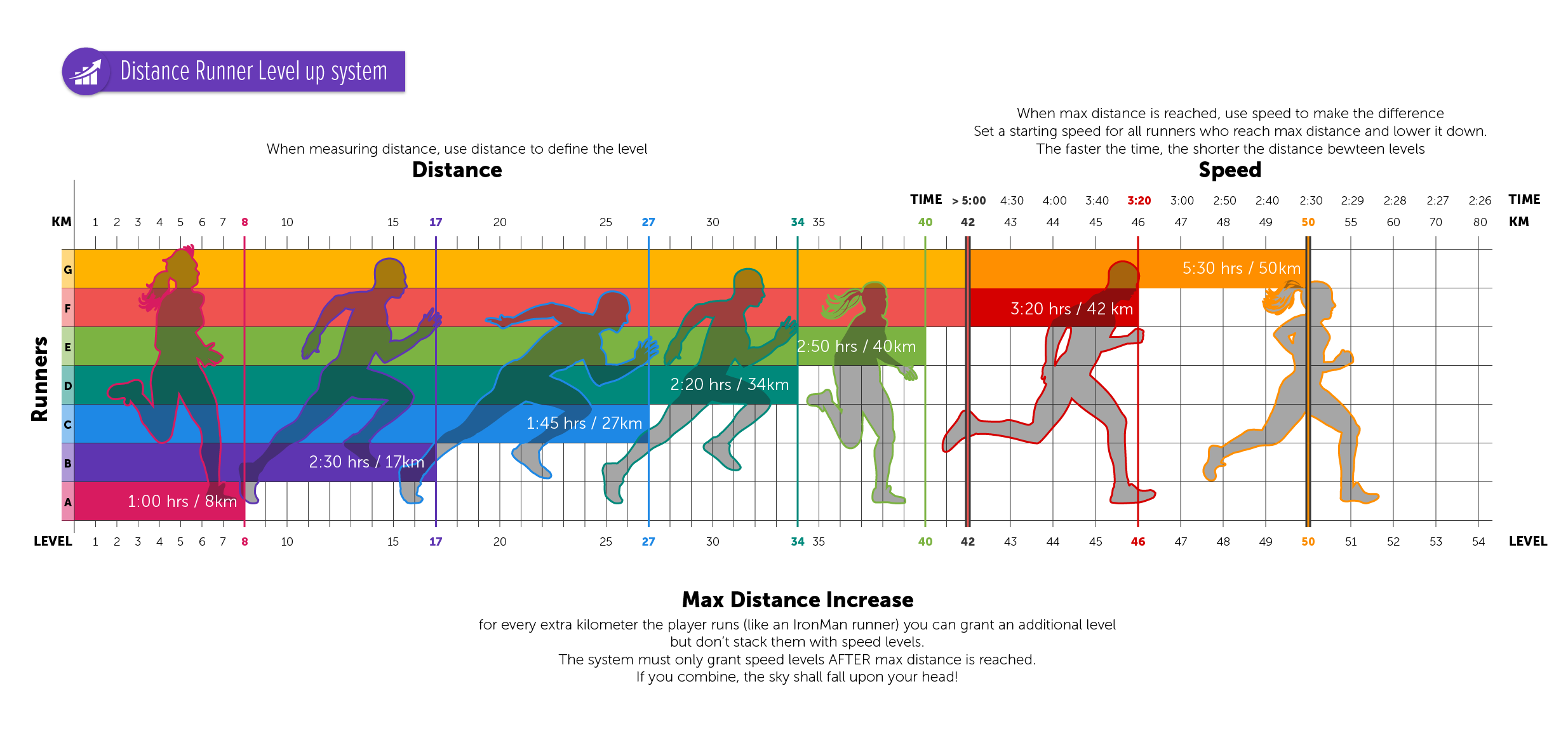
Embarking on an Epic Journey: Decoding the 5827.43 km Walk
Imagine standing at the starting line, the vast expanse of 5827.43 kilometers stretching before you. The sheer magnitude of this distance can be daunting, but also incredibly exciting. Whether you’re contemplating a real-life pilgrimage, planning a fictional journey for a novel, or simply curious about the limits of human endurance, understanding how long it would take to walk such a distance requires careful consideration of various factors. This comprehensive guide will break down the elements that influence walking speed and endurance, providing a realistic estimate for conquering this impressive 5827.43-kilometer challenge.
Understanding the Fundamentals: Pace, Distance, and Time
At its core, calculating walking time is a simple equation: Time = Distance / Speed. However, the ‘speed’ element is far from constant. It varies drastically based on individual fitness levels, terrain, weather conditions, and the weight being carried. Let’s delve into each of these factors to refine our estimate.
Average Walking Speed: A Baseline
For a healthy adult, the average walking speed on a flat, even surface is around 5 kilometers per hour (km/h). This figure serves as a useful starting point. However, it’s crucial to remember that this is just an average. Some individuals may comfortably maintain a pace of 6 km/h or even slightly faster, while others might find 4 km/h more sustainable over longer periods.
Calculating Base Walking Time
Using the average speed of 5 km/h, we can calculate the base walking time for 5827.43 kilometers: Time = 5827.43 km / 5 km/h = 1165.49 hours. This translates to approximately 48.56 days of continuous walking. Obviously, continuous walking is impossible, so we need to factor in rest, sleep, and other essential breaks.
The Reality Check: Factors Influencing Walking Time
The initial calculation provides a theoretical estimate, but the real-world scenario is much more complex. Several factors significantly impact the actual time required to complete the 5827.43-kilometer journey.
Terrain: Uphill Battles and Downhill Glides
The terrain is arguably one of the most influential factors. Walking uphill dramatically reduces speed and increases exertion. Steep inclines can reduce walking speed to as low as 2-3 km/h. Conversely, downhill sections can increase speed, but also pose risks of injury if not navigated carefully. The presence of uneven ground, rocky paths, or dense forests further complicates the journey, demanding more energy and slowing down the pace.
Weather Conditions: Sun, Rain, and Wind
Weather plays a crucial role in determining walking speed and overall comfort. Extreme heat can lead to dehydration and exhaustion, forcing frequent breaks and reducing the overall pace. Rain can make surfaces slippery and dangerous, while strong winds can create resistance and make walking more challenging. Ideal walking weather involves moderate temperatures, clear skies, and minimal wind.
Fitness Level and Endurance: The Body’s Limits
An individual’s fitness level directly impacts their ability to sustain a consistent walking speed over long distances. A seasoned hiker with excellent cardiovascular health and strong leg muscles will likely maintain a faster pace and experience less fatigue than someone who is not accustomed to physical activity. Building endurance through regular training is essential for tackling a long-distance walk.
Load and Gear: The Weight of Responsibility
The weight of the backpack and gear significantly affects walking speed and energy expenditure. Carrying a heavy load places additional stress on the body, leading to fatigue and potential injuries. Minimizing the weight of the backpack by packing only essential items is crucial for long-distance walking. Consider the weight of water, food, shelter, and any necessary equipment.
Rest and Recovery: The Importance of Breaks
Adequate rest and recovery are vital for preventing injuries and maintaining energy levels. Walking for hours on end without breaks can lead to muscle fatigue, joint pain, and blisters. Regular short breaks throughout the day, as well as sufficient sleep at night, are essential for allowing the body to recover. A good night’s sleep of 7-8 hours is crucial for muscle repair and energy restoration.
Nutrition and Hydration: Fueling the Journey
Proper nutrition and hydration are essential for sustaining energy levels and preventing dehydration. Consuming a balanced diet rich in carbohydrates, proteins, and fats provides the body with the necessary fuel to perform physical activity. Staying hydrated by drinking plenty of water throughout the day is crucial for preventing dehydration and maintaining optimal performance. Electrolyte imbalances can also occur during prolonged exercise, so consider consuming electrolyte-rich drinks or supplements.
Mental Fortitude: The Power of the Mind
A long-distance walk is not only a physical challenge but also a mental one. The ability to stay motivated, overcome obstacles, and persevere through difficult times is crucial for success. Mental fortitude can be cultivated through positive self-talk, visualization, and a strong sense of purpose. Breaking the journey into smaller, more manageable segments can also help to maintain motivation.
Refining the Estimate: A More Realistic Calculation
Considering all the factors mentioned above, let’s refine our estimate for the 5827.43-kilometer walk. Let’s assume the following:
- Average walking speed, accounting for terrain and weather: 4 km/h
- Walking hours per day: 8 hours
With these assumptions, we can calculate the daily distance covered: 4 km/h * 8 hours/day = 32 km/day. Now, we can calculate the total number of days required: 5827.43 km / 32 km/day = 182.11 days. This translates to approximately 6 months.
However, this estimate still doesn’t account for rest days. It is highly recommended to take at least one rest day per week to allow the body to recover. Adding rest days increases the total time to approximately 6 months and 2 weeks.
Breaking Down the Journey: Planning and Logistics
Planning a 5827.43-kilometer walk requires meticulous preparation and attention to detail. Here are some essential considerations:
Route Planning: Choosing the Path
Carefully plan the route, considering terrain, weather patterns, availability of resources (water, food, shelter), and safety. Utilize maps, GPS devices, and online resources to identify potential hazards and plan alternative routes. Consider the availability of permits and permissions required for certain areas.
Gear Selection: Packing the Essentials
Choose lightweight and durable gear that is appropriate for the climate and terrain. Essential items include a comfortable backpack, waterproof tent, sleeping bag, cooking equipment, navigation tools, first-aid kit, and appropriate clothing. Test all gear before embarking on the journey to ensure it is in good working order.
Training and Preparation: Building Endurance
Begin training several months before the start of the journey. Gradually increase walking distance and intensity to build endurance. Incorporate strength training exercises to strengthen leg muscles and prevent injuries. Practice walking with a weighted backpack to simulate the actual conditions of the journey.
Contingency Planning: Preparing for the Unexpected
Develop a contingency plan to address potential emergencies, such as injuries, illnesses, or unexpected weather conditions. Carry a satellite phone or personal locator beacon (PLB) for emergency communication. Learn basic first-aid skills and carry a comprehensive first-aid kit. Inform someone of your route and expected timeline, and check in regularly.
Conclusion: The Allure of the Long Walk
Walking 5827.43 kilometers is an extraordinary undertaking that demands physical and mental resilience, meticulous planning, and a deep understanding of the challenges involved. While our estimate of approximately 6 months and 2 weeks provides a realistic timeframe, the actual duration may vary depending on individual circumstances and unforeseen events. However, the allure of the long walk lies not only in reaching the destination but also in the transformative journey itself. It’s an opportunity to connect with nature, challenge personal limits, and discover the power of the human spirit. So, take that first step, and embrace the adventure that awaits.
Further Considerations:
- Altitude: Higher altitudes can significantly impact breathing and energy levels.
- Local Culture: Respect local customs and traditions.
- Wildlife: Be aware of potential encounters with wildlife and take necessary precautions.
- Insurance: Ensure you have adequate travel insurance that covers long-distance trekking.

